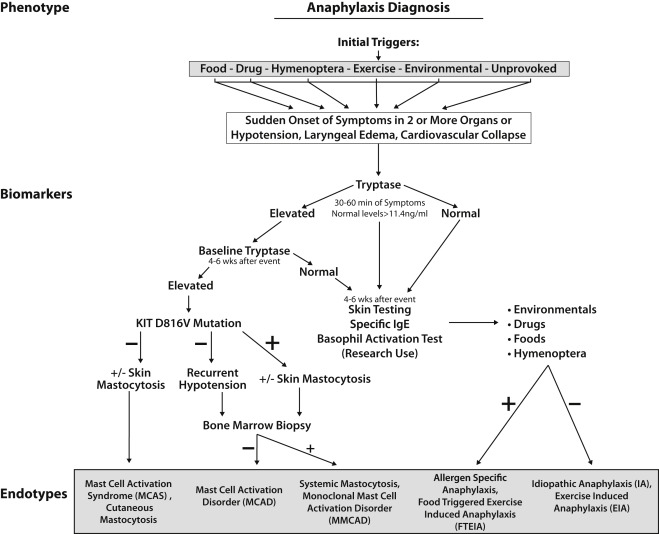The diagnosis of anaphylaxis can be tricky, especially in the absence of known triggers and when other conditions, such as urticaria and asthma, mimic aspects of the reaction. Biomarkers can help to identify this deadly condition promptly. But only histamine and tryptase have been extensively studied.
Tryptase is the most frequently used biomarker for diagnosing anaphylaxis, but it is not the most reliable in minimizing false-positive or negative results. A more accurate approach to using tryptase requires clinicians to have the patient’s baseline level on hand, according to a new systematic review published in The Journal of Allergy and Clinical Immunology.
“There are so many other biomarkers that could maybe help us diagnose anaphylaxis with better accuracy,” said Roy Khalaf, MD, a resident in the Faculty of Medicine at McGill University in Montreal, Quebec, Canada, and a lead author of the study.
Khalaf and his colleagues analyzed 28 studies published over a 20-year period starting in 2004 on biomarkers of anaphylaxis, with a sample of more than 18,000 patients, 3329 of whom had confirmed anaphylaxis. While tryptase was the most studied biomarker, its ability to correctly identify patients who have the disease, or sensitivity, was suboptimal at 0.49. However, its specificity, or ability to identify those who did not have the disease, was 0.82. When a baseline level of tryptase was compared with a level drawn during anaphylaxis, the sensitivity improved

